In defense of ‘The Tortured Poets Department’
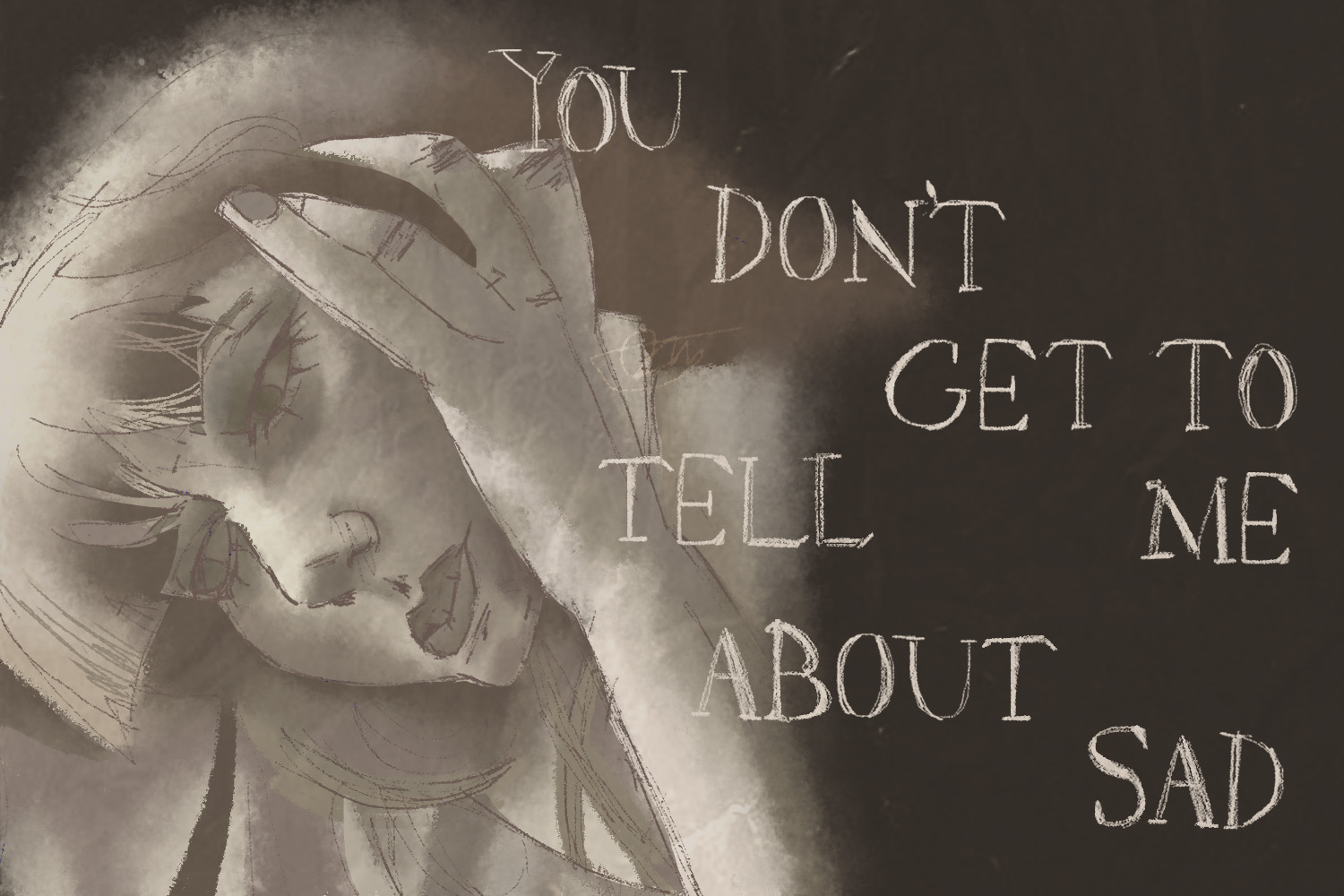
Taylor Swift released “The Tortured Poets Department: An Anthology” last Friday, a collection of 31 intimate songs that cemented Swift’s spot as a master storyteller. While the album has divided both fans and critics, it is an incredibly rewarding experience if listeners are patient enough to see it.
Swift has always been a brutally honest songwriter, and her past ten albums all represent different stages in her life. However, The Tortured Poets Department is the most authentic version of Swift as a whole. The public can see all the different sides of her, the funny, the heartbroken, and more often than not, the hurting. Years of life in the spotlight forced Swift into a narrative, but she is ready to share her truths.
“It’s a dramatic, artistic, tragic kind of take in love and loss,” said Swift.
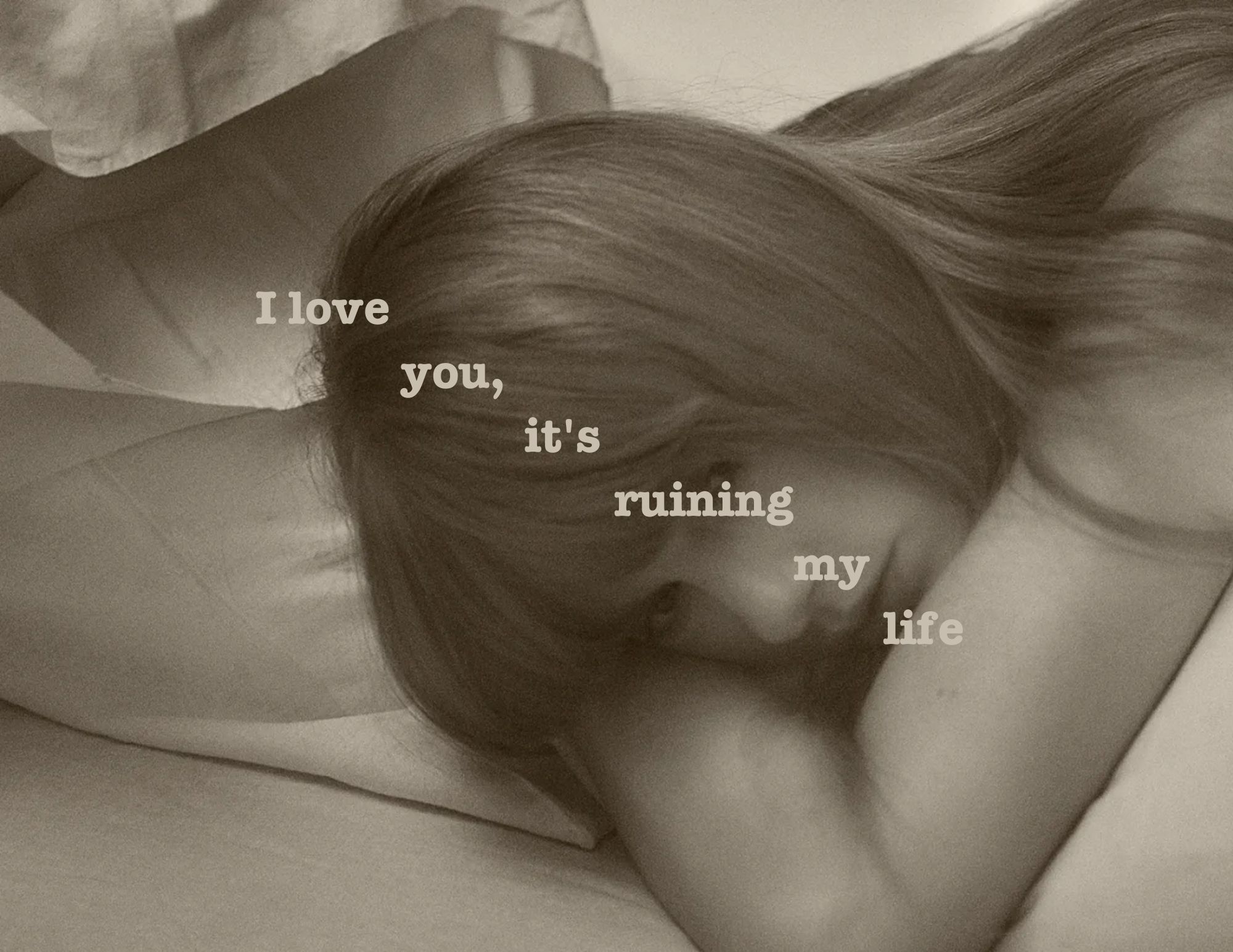
Fortnight, meaning two weeks describes a love affair, which the narrator claims is “ruining [her] life”. The song seemingly follows two neighbors who are in love with one another and yet married to different people. The narrator proceeds to sing of her longing for her forbidden and lost love, only for her to be left in heartbreak as her neighbor, the man she loved, goes to Florida in a car he won. Florida opens The Tortured Poets Department and Swift thinks it “exhibits a lot of the common themes that run throughout the album”. The song is the only one in the album to have a music video so far, in which many easter eggs and symbols are hidden.

The Tortured Poets Department, sharing its name with the album, sounds eerily similar to songs from the Midnights album and describes a short but intense love between ‘tortured poets’. The song describes the feeling of newness and excitement within the drama that occurs when first entering a relationship. Swift expresses a genuine sense of self-awareness in this song as she realizes, in retrospect, the momentary and consuming aspect of the relationship.

My Boy Only Breaks His Favorite Toys explores the complexities of an immature relationship in which the ‘boy’ Swift is in love with values her as her “favorite toy” and yet eventually, the toy is of no value to the boy anymore. In the song, Swift’s partner is characterized childishly, being referred to as a “boy” whereas Swift herself is referred to in high esteem in terms of a “queen”, but further elaborated as the “queen of sandcastles” which is fragile and often destroyed by the boy. In the song, Taylor describes her tendency to hold on to hope that the boy still loves her.
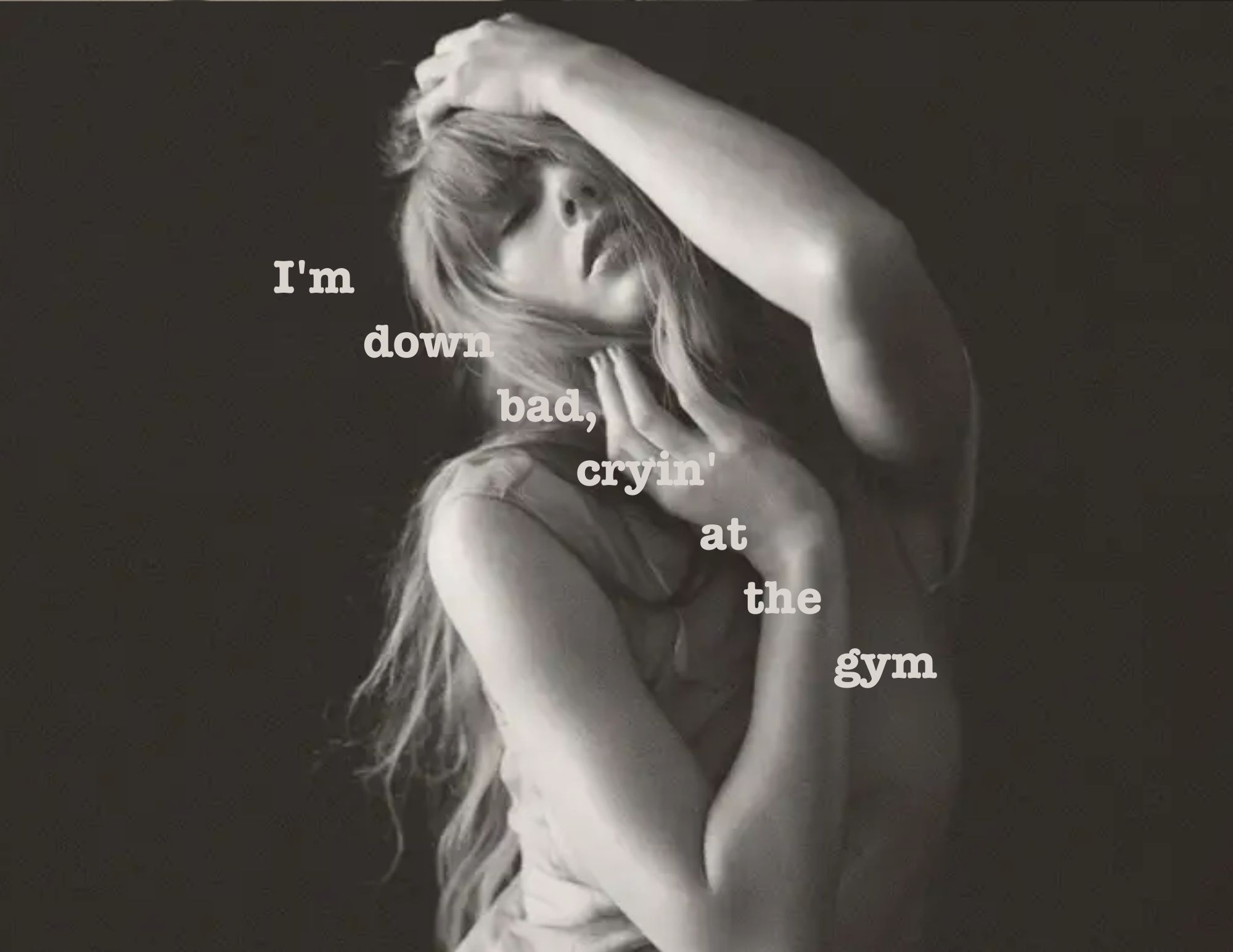
Swift takes an interesting approach to convey the feeling of being love-bombed by making the feeling synonymous with being abducted by aliens. Taylor describes their “cosmic love” and says she “[stares] at the sky, [to] come back and pick [her] up” after her short-lived romance with an extraterrestrial creature ended with the alien returning to space and leaving her behind on earth. Listeners have connected the message in the song to Taylor’s personal life and her short but intense relationship with someone from her own life.

So Long, London starts with a Christmas carol-feel similar to that of Death By A Thousand Cuts from the album Lover. Both songs share the same message of the hurt that comes with losing someone you love. The fifth song in every Taylor Swift album is famously known to be the most vulnerable song in all the albums, and So Long, London – the fifth song in the album – continues the streak of being an incredibly vulnerable fifth song. Swift wears her heart on her sleeve as she sings goodbye to a love that she has been holding on to desperately. Through the song, Swift describes a couple – one who is trying their best to hold the relationship together as the other drifts away. Eventually, the partner with a “split spine” and “weary bones” from “trying to pull [their lover] in tighter” stops “trying to make him laugh” and gives up on the relationship. So Long, London is a final farewell to the city and the love that blossomed in that city.

As the title suggests, But Daddy I Love Him is about a girl fighting against her better judgment and ignoring restrictions placed by others to pursue her love for a chaotic man. While this can very well be considered a reasonable explanation for the song, listeners also claim that Swift wrote this song directly addressing her fans and their disapproval of her summer fling with Matty Healy. Taylor claims that she “knows he’s crazy” but still doesn’t care what anyone else thinks because “he’s the one [she] wants”.

Fresh Out the Slammer is essentially Taylor describing the comfort she found in a person after she was fresh out of a relationship. She describes her previous relationship as a prison and points out all the things that made her feel trapped in that relationship. Following that, she introduces her “pretty baby” whom she runs back to and finds comfort in after the prior suffocating relationship.

A song featuring Florence + The Machine serves as a continuation to Fortnight. Taylor develops the storyline of consequences of the regretful decisions that were made, as described in Fortnight, and continues that storyline into Florida!!! in which Taylor describes escaping to Florida and living a life with no regrets or rather forgetting the life filled with regrets.
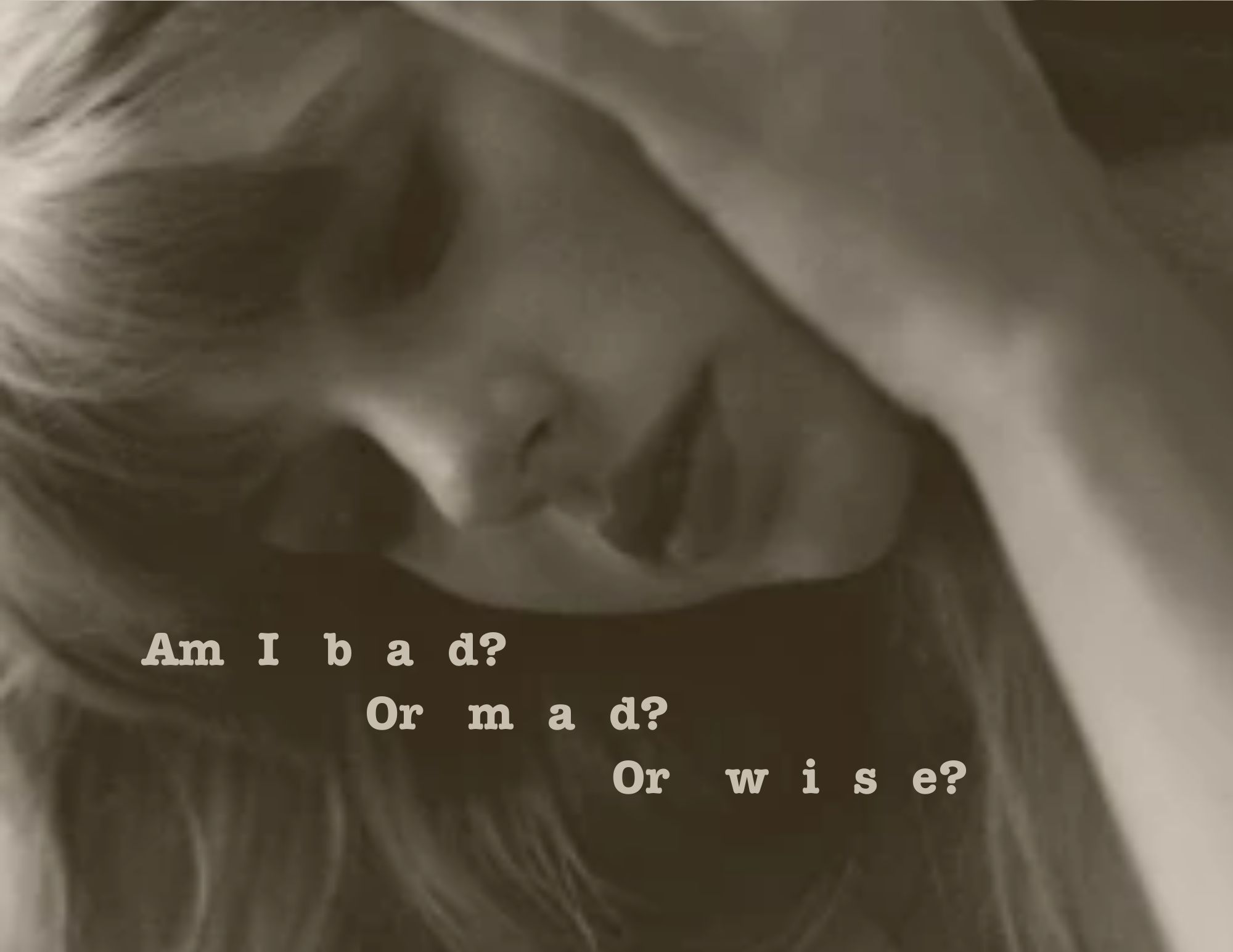
In Guilty as Sin, Swift explores the confusion and choices she made after getting out of a six-year relationship. Swift, similarly to how she does with Fresh Out of the Slammer, describes the six-year relationship as being locked away. She speaks of being released from her locked house and being more trusting now that she is out of such a suffocating environment. Taylor proceeds to state her awareness regarding the problematic nature of her short-lived relationship after the long-term one. She questions “Am I bad or mad or wise?” and realizes she will be criticized by the public eye no matter what.

Introducing a new sound and feel to the album, Taylor reflects on her reputation and perception in the media. This song can easily be compared to Mad Woman from Folklore in which Swift sings “And you poke that bear till her claws come out then you find something to wrap your noose around,” showing Swift’s exhaustion with the constant blaming and pointing of fingers from the media. However, in Who’s Afraid of Little Old Me, Taylor expresses frustration and in some ways, anger related to media perception. She bites back saying “Nothing makes [her] feel more alive” than “[The media] wanting her dead”.

Despite disapproval, Taylor describes her innate sense of need to help a certain man who she refers to as “dangerous”. Throughout the song, she implores her friends, family, and in a way to herself that the man she’s seeing is someone who can be ‘fixed’ and get better for her sake. However, at the end of the song, Taylor accepts and learns the hard way that she has no power to change a human being.

Swift describes the sense of loss that she feels when she realizes that a relationship she thought was infinite was, in fact, finite. She recalls that her lover promised her that she was “the love of [his] life” However, the story goes that Swift was lied to and now has to “[comb] through the braid of lies”. Contradicting the title of the song, Taylor ends the piece by saying “You’re the loss of my life.”

Similar sounding to the track Karma from Midnights, I Can Do it With a Broken Heart contradicts its sad title and message with a high-energy pop beat. Fans believe the song was composed this way while delivering the message it did to represent Taylor finding herself in a situation to put a smile on her face while going through heartbreak. The song includes audio samples of countdown directions and metronomes that the singer would hear in her ear while performing the Eras Tour. Swift sings about her need to be energetic while performing in the Eras Tour despite going through heartbreak.

Swift describes feeling as though she was being taken advantage of during a short-lived relationship of hers with Matty Healy. Taylor describes the “rusting of her sparkling summer” due to her relationship with her ex, which seems to have left her regretful of the time she wasted.
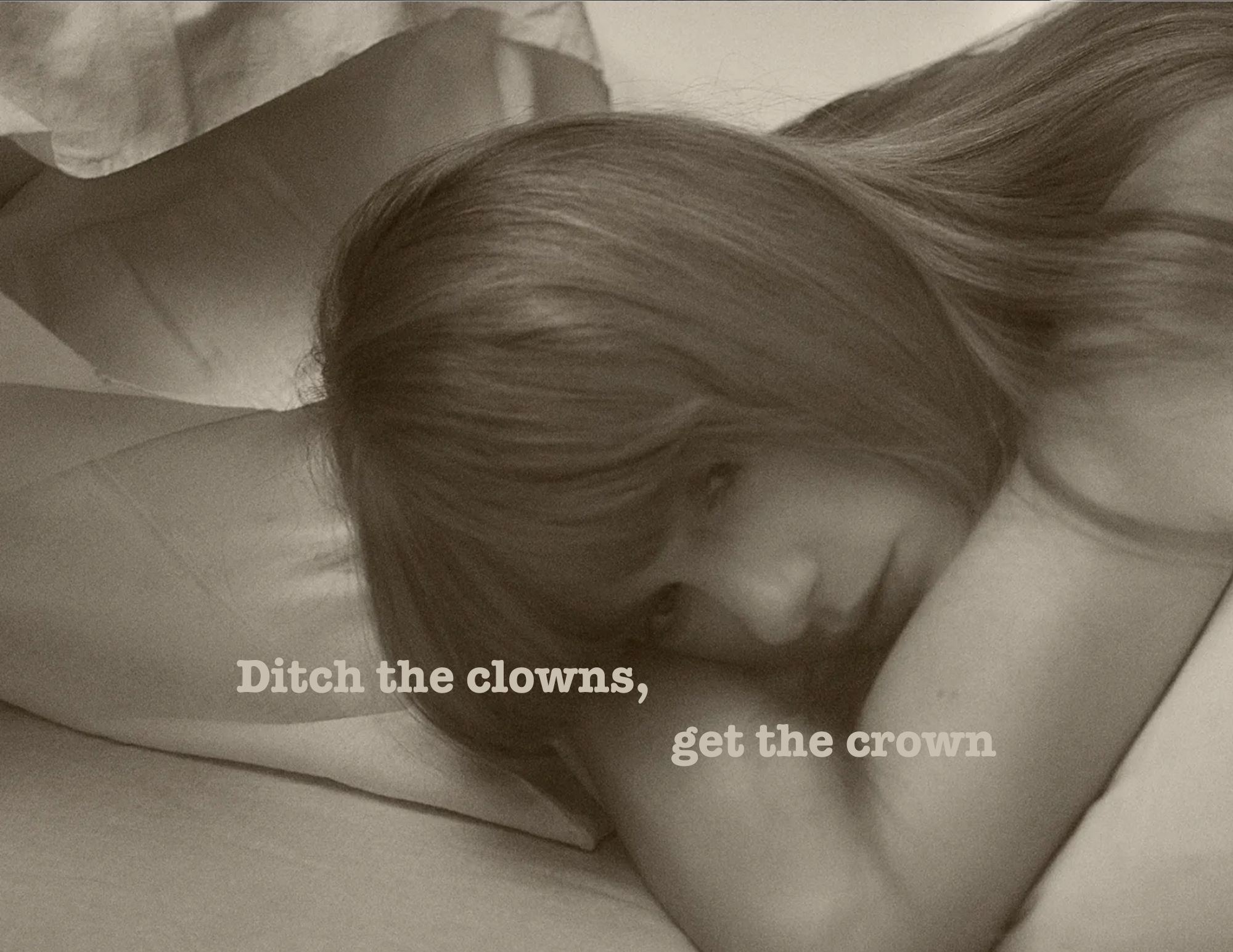
In Medieval times, people would seek out the philosopher’s stone, which could supposedly turn any substance into gold. Swift uses that context in this song to draw a connection to the meeting of two separate people so that they may be made whole. The Alchemy is littered with sports metaphors, which has led fans to believe the song is about Taylor Swift’s boyfriend Travis Kelce.

It is hard to miss the similarities between the namesake of track 16, ‘Clara Bow,’ and Taylor Swift. Bow was one of the most famous actresses of the 1920s, was ruthlessly dedicated to her work, and defied different eras in media, as Swift does with music. Sadly they both also experienced sexist criticisms from the public. More often than not, the two were in newspapers more for their personal life than art and had many opportunities taken away from them. Stevie Nicks, another icon referenced in the song, also faced these obstacles throughout her time in Fleetwood Mac. Despite the immense talent and hard work of these women, they are always devalued and shamed. In one of the most heartbreaking moments of the album, Swift sees herself fading away with this legacy. “You look like Taylor Swift/In this light we’re loving it/you’ve got an edge she never did.”

The Black Dog is a lyrical stand-out on the album. In classic Swift style, Swift uses a thing or place, such as the red scarf, as a symbol for a deeper meaning. In this case, the Black Dog represents the pain of an ex-partner forgetting about you. Swift struggles to understand how this person does not miss her when it is all she can think about. Referencing a recurring theme of death and mortality, she begs for someone to “hire a priest to come and exorcize my demons/even if I die screaming.” While ‘The Black Dog’ is already a lyrical masterpiece, the experimentation in the sound makes it even more haunting. The transition between a gentle piano accompaniment and the heavy beat drop adds so much complexity to the song.

Imgonnagetyouback is one of the more lighthearted songs on the album but is still lyrically impressive. The theme is a battle between want and reason. Swift questions whether or not to “bring [an ex] home” or “smash up [their bike].” Despite the uncertainty of her feelings, she is confident that she will get them back. Overall, the fun lyrics paired with a light synth beat make this song pop perfection.

The Albatross has definite roots in Swift’s folklore and evermore eras. There is more of a focus on storytelling and gentle production than in typical pop music. An albatross is most commonly known as a seabird, but can also mean a problem that is impossible to fix. Swift uses both of these meanings within the song. In the first verse and chorus, she is villainized as a destroyer, and a “bad seed that kills the garden.” However, as her partner is misinformed and in danger, she “[spreads her] wings like a parachute” and “[swoops] in at the rescue, showing her true colors. However, the end of the song still returns to the theme of destruction, leaving listeners to question whether ‘the albatross’ is a force of good or a force of evil. Once again Swift demonstrates her skill of taking her personal experience and turning it into something more universal. Although the albatross can be linked to the rumors that have spread about her dating history, it also is a social commentary on the shaming of women.

Similarly to “The Black Dog,” Chloe or Sam or Sophia or Marcus represents another ghost of a relationship Swift can’t escape from. This time though, she is left wondering what could have happened if things did not go wrong. What makes this song so powerful is the startling imagery. Swift remembers “the depths of [their] sighs,” her ex’s need for drugs, and her “cold, cold heart,” which represents the lows of their relationship. Still, the “scarlet maroon” of their love, which references her heightened emotions from both “Red” and “Midnights,” makes it difficult for her to forget all that has happened.
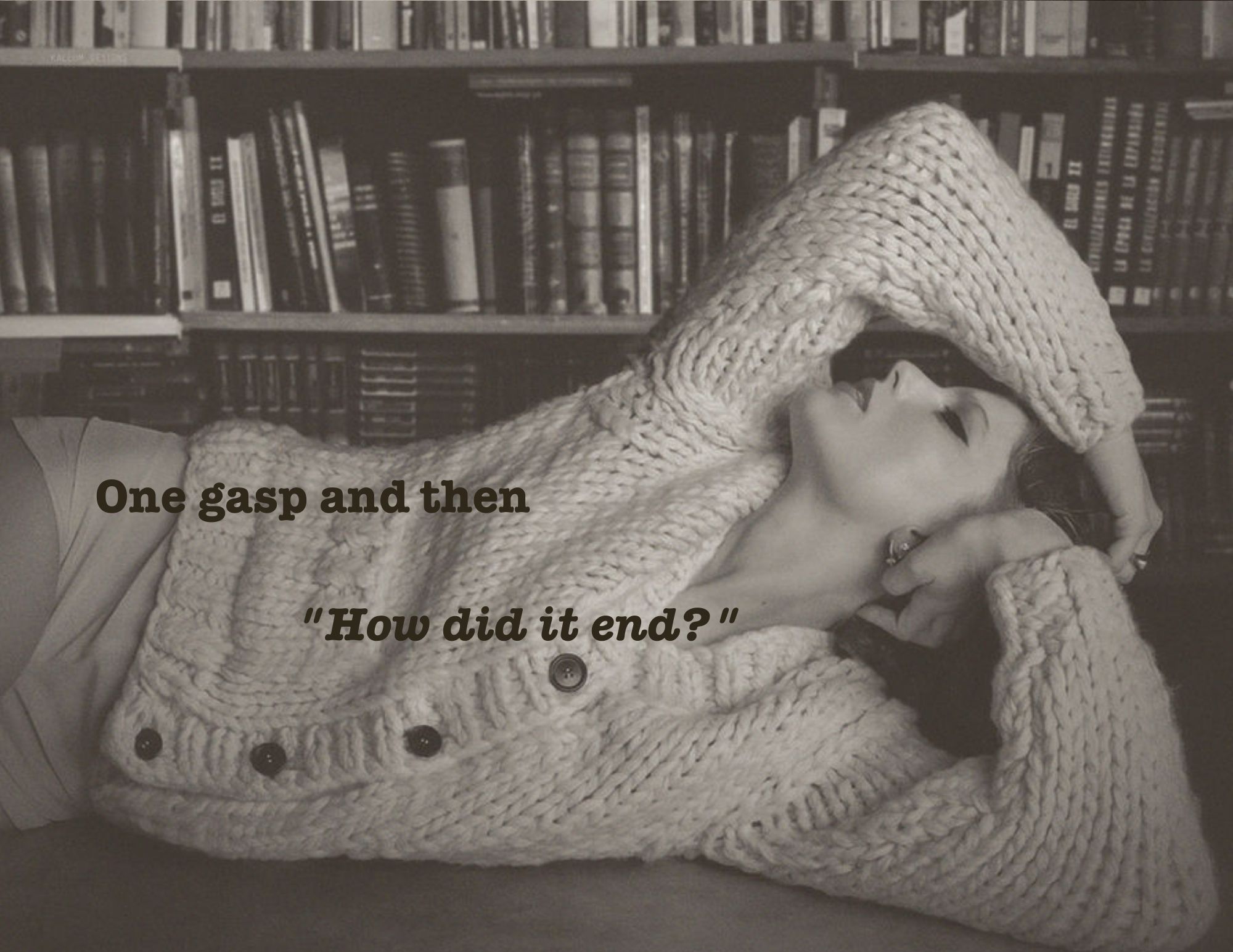
How Did It End is so much more than just a classic breakup song. It is a depiction of the toll fame can take on a relationship and individual. Once again returning to the idea of death, Swift recounts the soul-crushing finale of a relationship as if it were an autopsy. However, while this should be a solitary event, the commentary from onlookers is all around her. She calls out “Come one come all,” since discourse about her love life is almost inevitable. Already it is painful to hear her reflect about the relationship, but it is devastating to see her be treated as a spectacle. In this, she calls out not just the media, but even her fans, who have sometimes ignored boundaries to speculate about her sexuality or take pictures of her in secret.

“So High School” is the most joyful track on the album. While many believe it to be about her high-profile romance with Travis Kelce, her feelings with this person are more important than who it is about. Swift claims to be happier in this relationship than ever before and feels these emotions powerfully. Although, the many football references give fans a bit more insight into her personal life. The soft pop beat and upbeat lyrics make this song a perfect dance break after crying for 21 songs.
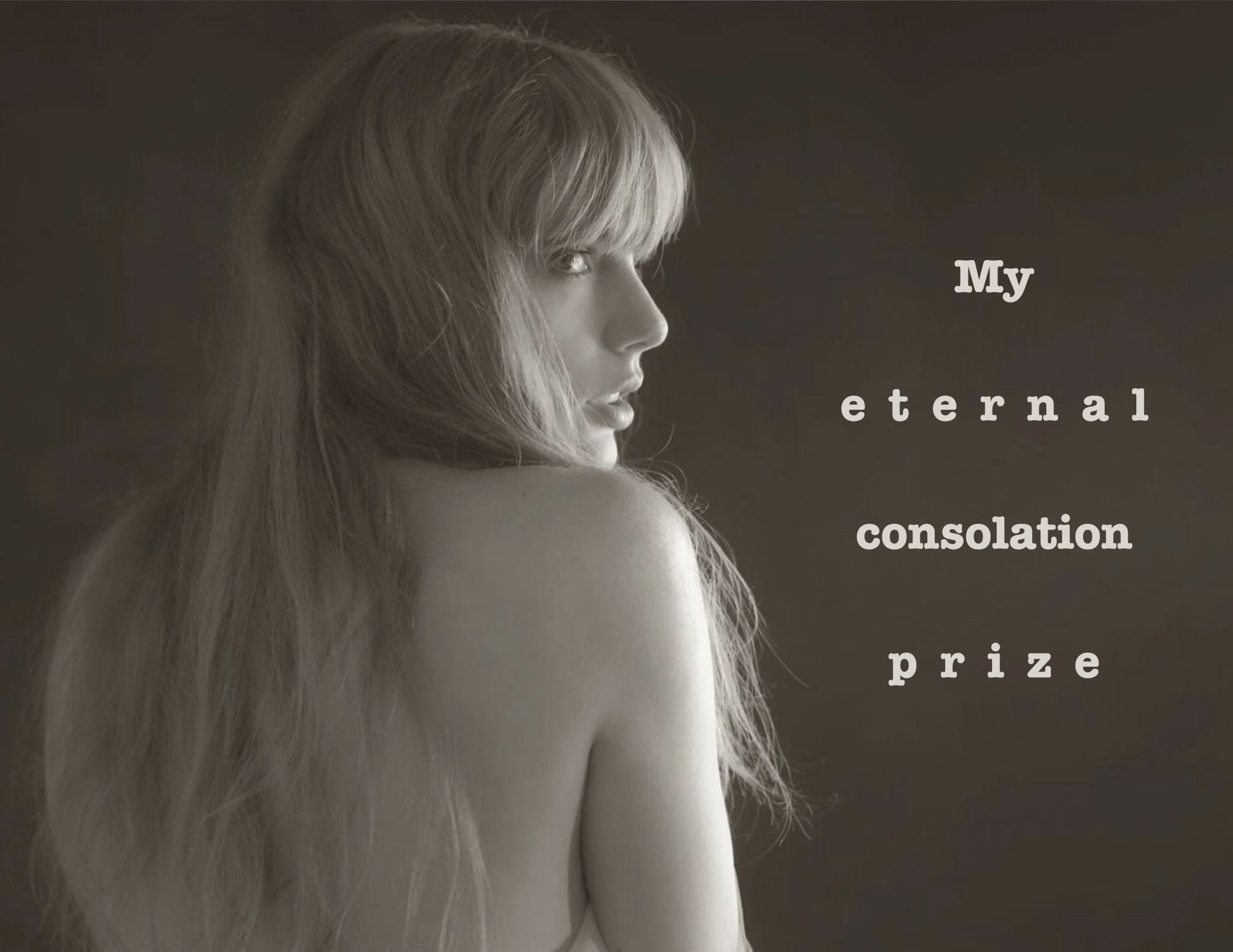
I hate it here is another heavy hitter on the album and one of the most relatable. Swift beautifully creates dreams of “lunar valleys” and “better planets” in her head, all because she is disappointed in her real life. This shows that, for Swift, poetry is not just an outlet, but a way to escape. It also serves as a gentle reminder that just because Swift is wildly successful, it does not mean she is happy.

To anyone who complains that they like “old Taylor’s’ ‘ music better than her current sound, “ThanK you aIMme is the song for you. With an almost country-sounding guitar strumming in the background, Swift channels her previous work like “Mean” and “Look What You Made Me Do,” into a scathing revenge anthem. Aimee, who many fans suspect to be Kim Kardashian, is someone from Swift’s past who caused her “a searing pain.” She constantly trashes Swift’s name and achievement, so much so that even Swift’s mother “wishes her dead.” Yet, Swift’s success is now almost impossible to destroy, and there’s a gleeful realization that Aimee will never be able to escape Swift’s legacy. While “thanK you aIMee,” is a clap back to the haters that Swift never manages to escape from, it is also a testament to her ability to shake it off and keep going with her music.
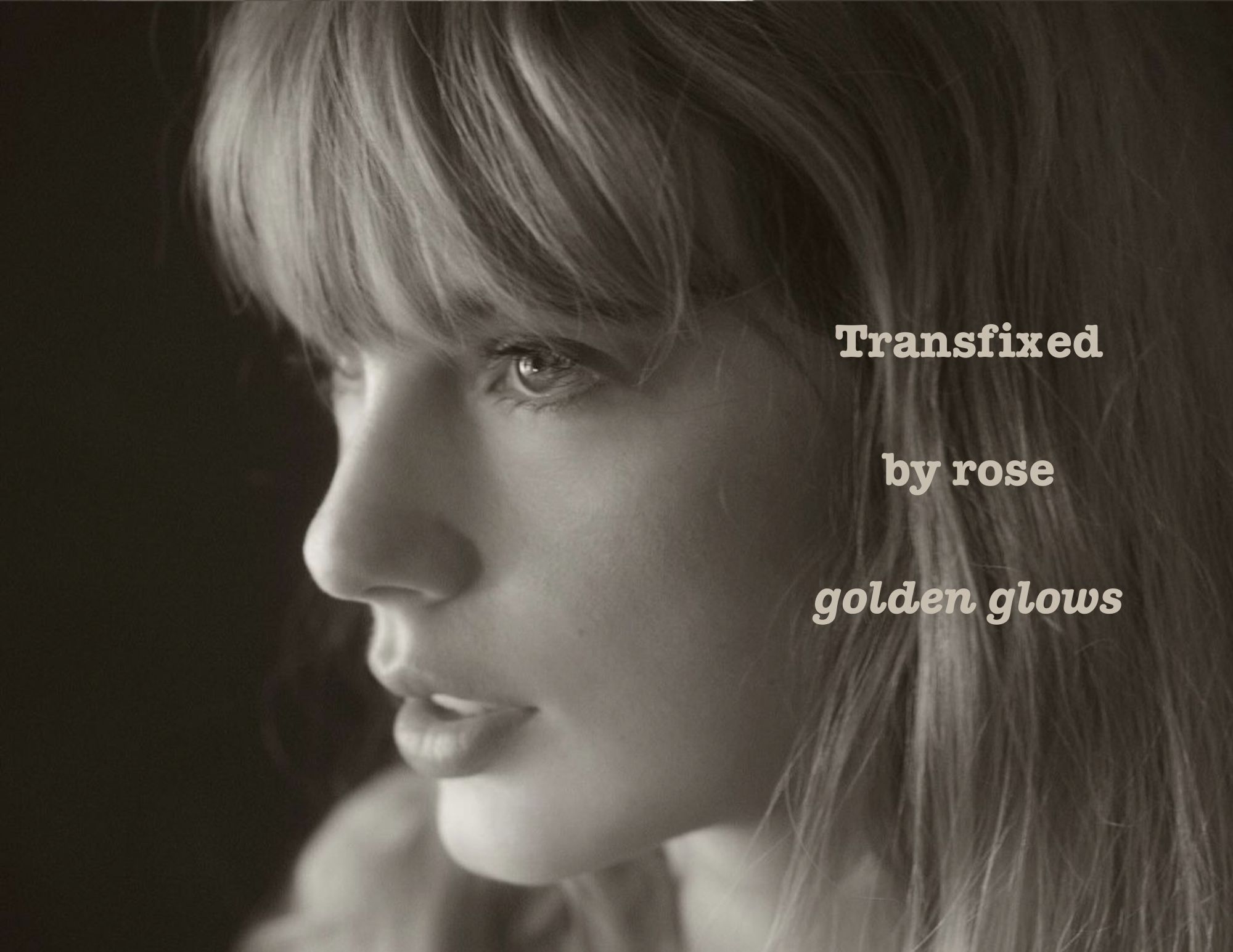
Sampling parts of the lyrics and production from fan favorite “Death by a Thousand Cuts,” “I Look in People’s Windows is a gentle reminder of all that Swift cannot have. At first, she looks “in people’s windows/in case [someone from her past] is at their table.” However, after a while, she sees people living happy, normal lives. It is not hard to miss the irony, people look in her window constantly, preventing her from achieving this.

“The Prophecy” has the sound of a Fleetwood Mac song mixed with Swift’s signature deep-cut lyrics. It is incredibly authentic, making it one of the best on the album. Despite Swift’s musical success, she feels that something is missing. Throughout the chorus, Swift begs for a higher power to “change the prophecy” and give her someone “who wants her company.” Ultimately, Swift explores a universal theme that is present in both life and art. Money does not overpower human connection.
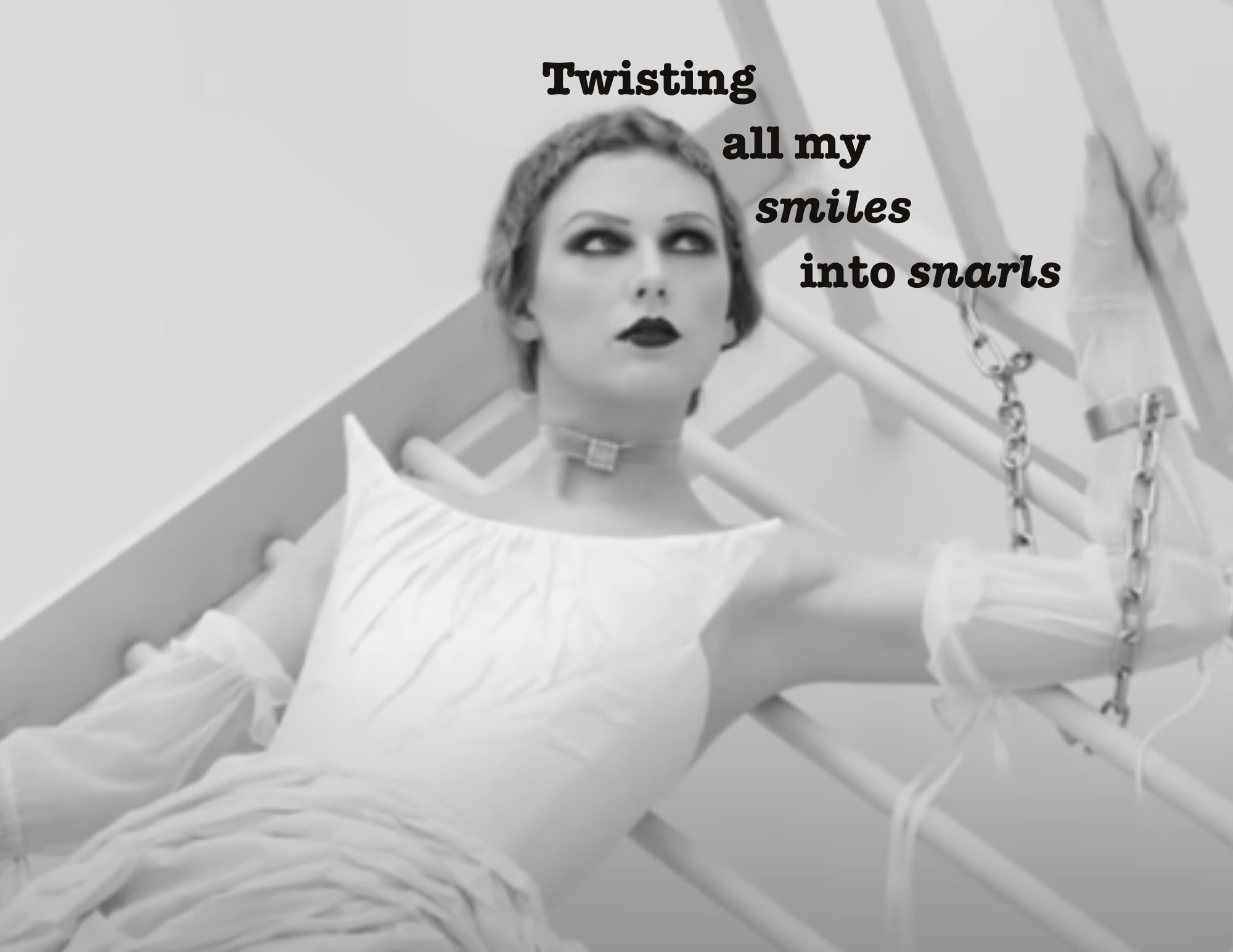
Cassandra is a famous figure in Greek Mythology as the daughter of King and Queen Priam and Hecuba. When Cassandra refused to sleep with the god Apollo, he cursed her forever. Cassandra would be able to tell the future, but no one would believe it. In this song, Swift draws a comparison between her life and Cassandra’s. During her 2016 feud with Kanye West and Kim Kardashian, where she was wrongfully blamed with an edited phone call, the public “filled [her cell] with snakes” rather than believe her. However, this is just one example of the many times Swift was not believed because of her past.

In the critically acclaimed song “Cardigan,” Swift makes her first reference to Peter Pan, singing “Tried to change the ending/Peter losing Wendy.” Swift returns to the beloved classic in the song “Peter.” Played on a beautiful piano accompaniment, Swift uses the metaphor of the lost boys to depict the fleeting love of youth. She hopes her lover will “grow up and come find [her],” but they never manage to escape the past. Ultimately, this reflects her change in perspectives as the years go on. In her early albums, such as Taylor Swift and Fearless she is optimistic about finding true love right away. Now, Swift knows better.
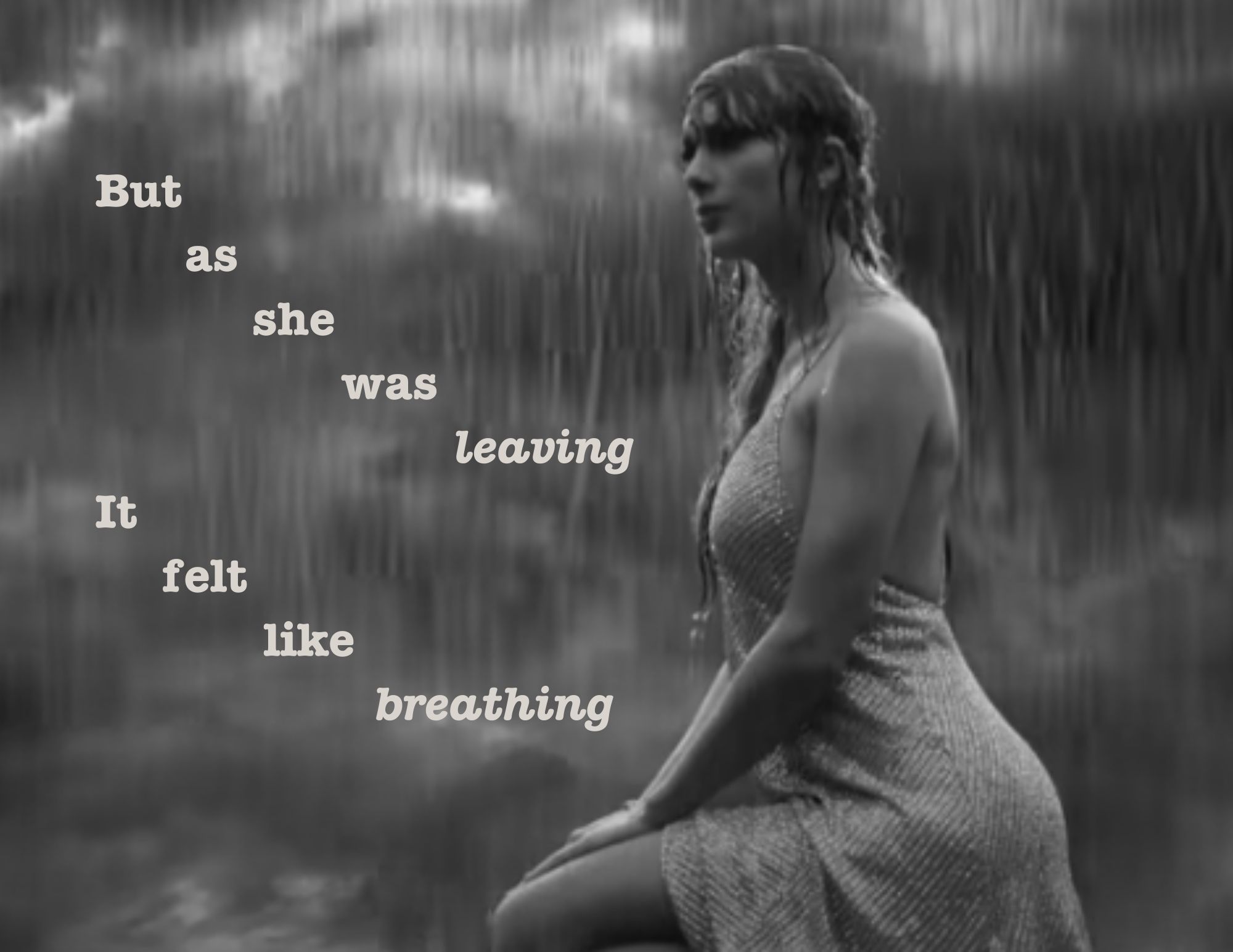
In “The Bolter,” Swift uses a third-person narrative, similar to “The Last Great American Dynasty,” to tell a dynamic story. The Bolter is a nickname for a girl who constantly runs from relationships at the first sign of danger. As she leaves, “it [feels] like breathing,” and the cycle begins once again. This song in particular shows Swift’s talent for songwriting, since listeners can understand and sympathize with characters in less than four minutes. It also introduces an alternative direction towards happiness, which had previously been connected with relationships and love.

“Robin” is one of the most heart-wrenching songs in Swift’s entire discography. She depicts the small wonders of a child, from their “sweetness” to their favorite “dinosaurs.” Similar to “Never Grow Up,” the innocence of the child’s age is perfectly captured. Each small detail is sung full of love and care.
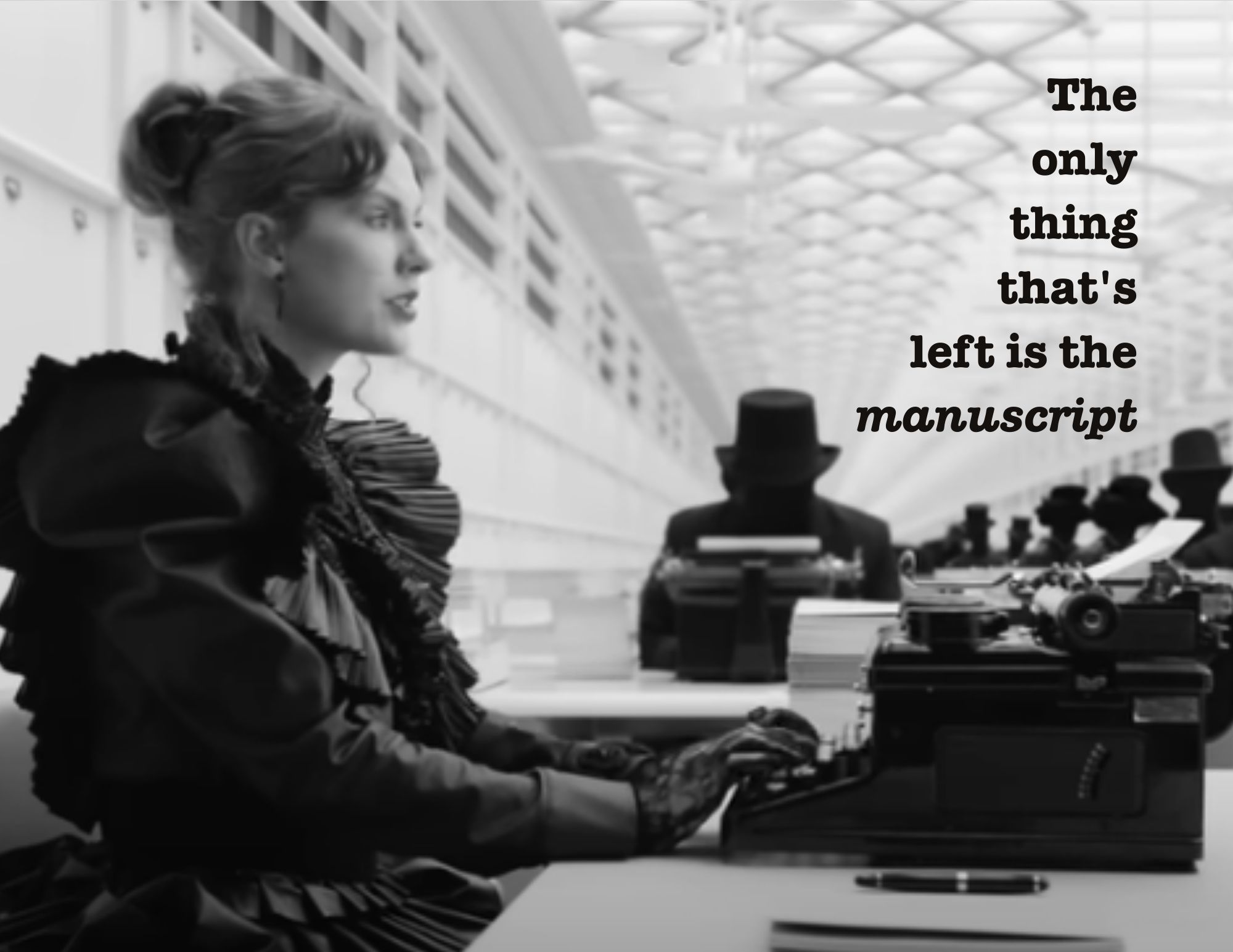
“The Manuscript” is the perfect conclusion to “The Tortured Poets Department,” as it signifies the end of these chapters in Swift’s life. There were relationships with older men, which left her yearning for “her mother’s bed.” Then, there were ones with boys her “own age,” which left her equally heartbroken, though in a different way. All of these eras have been documented throughout her catalog, or “the manuscript” of her life. But in the final, haunting moments of the song, Swift reminds listeners that “The story isn’t mine anymore.” The public has dissected it and speculated about the muses, fans, also known as swifties, have made stories about the song and shared countless different theories. Now, Swift’s songs are shaped and viewed through the people, which is how the best music should be.




